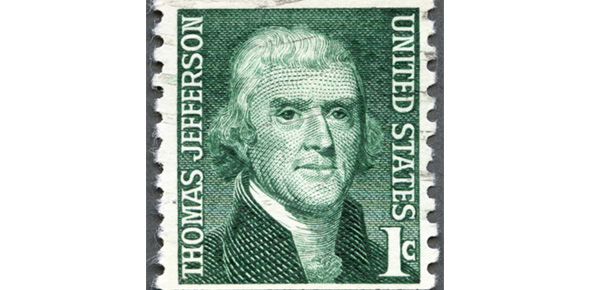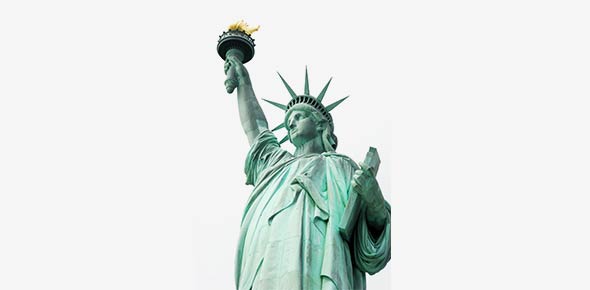Related Flashcards
Related Topics
Cards In This Set
| Front | Back |
|
In February 1861, representatives of the seven seceded states met at Montgomery, Alabama, and formed a new nation-the Confederate States of America.
Seven seceded states: South Carolina, Mississippi, Florida, Alabama, Georgia, Louisiana, and Texas. |
|
The seceded states did not at first have sufficient military power to seize two fortified offshore military installation: Fort Sumter and Fort Pickens.
Fort Sumter is in the harbor of Charleston. |
|
Robert Anderson
|
Fort Sumter is garrisoned by a small force under Major Robert Anderson
|
|
A compromise proposed from John J. Crittenden of Kentucky
Proposed reestablishing the Missouri Compromise line and extending it westward to the Pacific Southerners accepted it and republicans rejected it |
|
The new confederate government ordered General P.G.T Beauregard, commander of confederate forces at Charleston, to take Fort Sumter. When Anderson refused to give up, the Confederates bombarded it for two days. On April 14, 1861, Anderson surrendered. The Civil War had begun.
Almost immediately, Virginia, Arkansas, Tennessee, and North Carolina seceded and joined the Confederacy. |
|
Maryland, Delaware, Kentucky, Missouri.
|
|
Permitted any citizen or prospective citizen to purchase 160 acres of public land for a small fee after living on it for five years.
|
|
Transferred substantial public acreage to the state governments, which could now sell the land and use the proceeds to finance public education.
|
|
One of two new federally chartered corporations
Build railroad westward from Omaha |
|
Build railroad eastward from California.
The two projects were to meet in the middle and complete the link, which they did in 1869 at Promontory Point, Utah. |
|
Created a new national banking system
Existing or newly formed banks could join the system if they had enough capital and were willing to invest one-third of it in government securities. In return, they could issue United States Treasury notes as currency. Eliminated much of the chaos and uncertainty surrounding the nation’s currency. |
|
The new currency that was backed not by gold or silver but simply by the good faith and credit of the government
The value of the greenbacks fluctuated according to the fortunes of the Northern armies. |
|
For four days in July 1863, the rioters lynched several African Americans and burned down black homes, businesses, and even an orphanage, leaving over 100 dead. Only the arrival of federal troops direct from the Battle of Gettysburg halted the violence.
|
|
"Copperheads"
|
The name of Peace Democrats given by their enemies
|
|
Union Party- Republicans tried to create a broad coalition of all the groups that supported the war. The new organization is virtually republicans and a small faction of War Democrats.
Andrew Johnson of Tennessee, a war democrat who had opposed his state’s decision to secede, became the first vice president of Union Party. |






